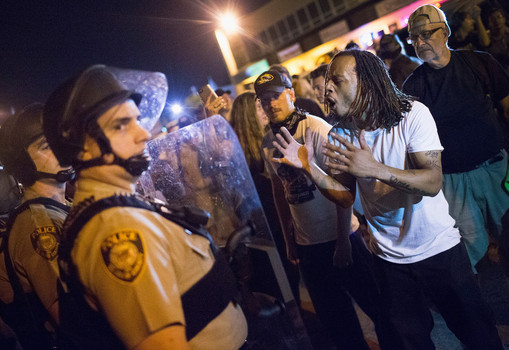The majority of nonviolent conflict that occurs between people is not the result of racial or ethnic diversity but may be a function of the boundaries imposed on homogeneous communities. Joscha Legewie, an assistant professor of education and sociology at New York University’s Steinhardt School of Culture, Education, and Human Development, and Merlin Schaeffer of the WZB – Berlin Social Science Center and University of Cologne are the first to use real-world big data to attempt to identify what truly causes conflict between people of different races and ethnicities.
The researchers used algorithms developed to define boundaries for driverless cars to define the boundaries of neighborhoods in New York City based on the number of 311 calls complaining about other people’s behavior. A 311 call is a report of nonviolent disturbing behavior like parking in front of a driveway, drinking alcohol in public, and playing music too loud or too late at night. The study found that the majority of the 7.7 million time-stamped and geocoded 311 calls came from regions that were boundaries between racially and ethnically homogeneous neighborhoods.
The researchers found that 26 percent more 311 complaints came from areas where boundaries were not well defined between communities that were racially and ethnically homogeneous and communities that represented a majority of one race. This is the first big data study of behavior that led the researchers to factor diversity out of the equation for conflict between people of different races. The study implies that despite recent racial conflagrations like Ferguson people of all races in large cities may be able to get along with each other.















